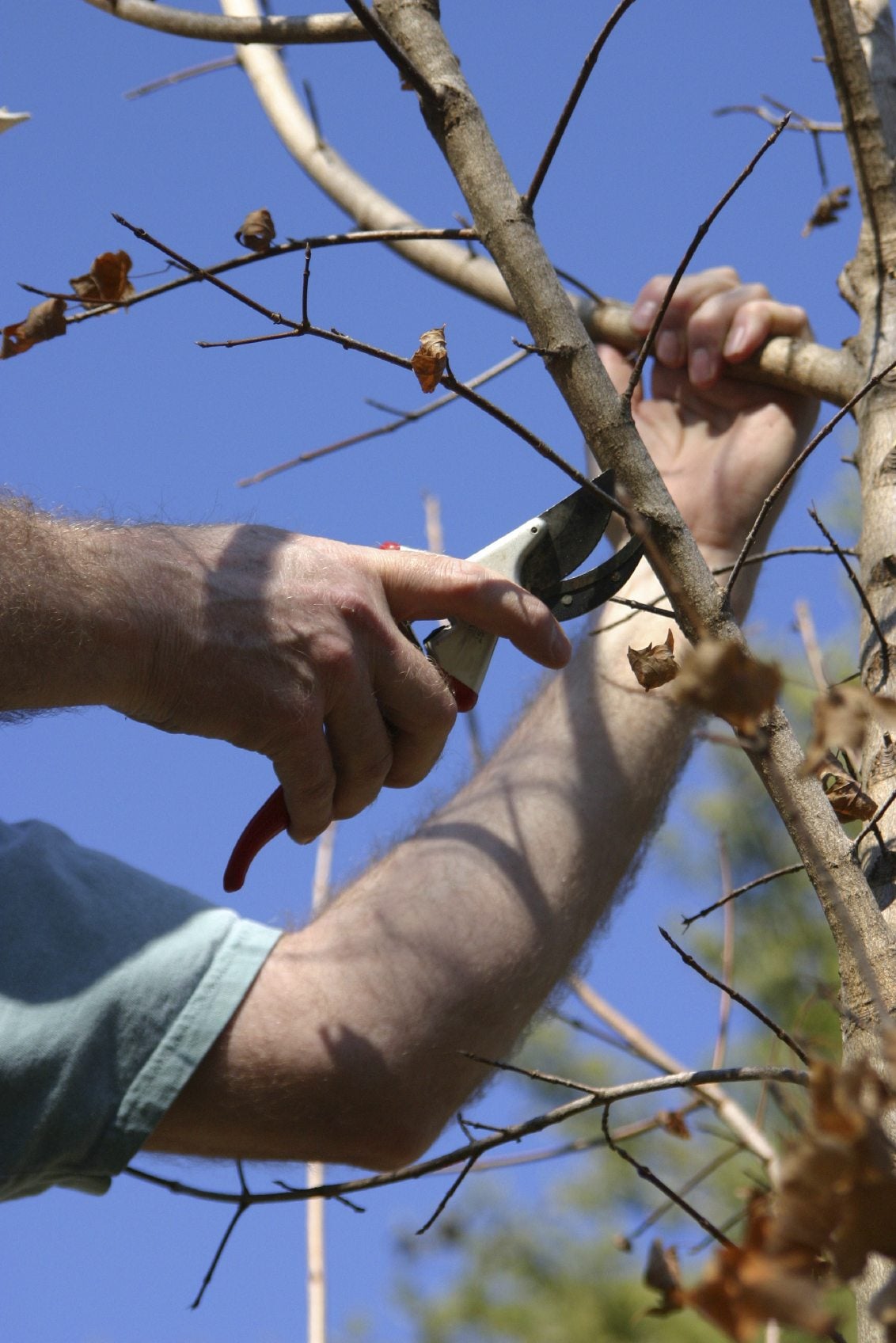Cold Weather Damage To Trees - Pruning Winter Damaged Trees And Shrubs


Winter is hard on plants. Heavy snow, freezing ice storms, and violent wind all have the potential to damage trees. Cold weather damage to trees is sometimes obvious with broken limbs or it may be slow and insidious, not showing up until spring. The severity of the injury will dictate when to prune after winter damage. Learn the when and how to prune winter-damaged trees to reinvigorate and restore them to health.
When to Prune After Winter Damage
The ideal time for pruning cold damaged plants, including trees and shrubs, is in early spring. This will give you a chance to observe whether the tree/shrub is in recovery and what, if any, limbs need to be removed. Cold weather damage to trees and shrubs occurs at many levels. If there are loose branches, remove them at the time of the injury to avoid hurting passers-by. All other pruning should wait until the plant is out of dormancy. This is when you can tell whether a branch is still alive or if it requires removal. Remove no more than one third of the plant material when pruning winter-damaged trees/shrubs. If more pruning needs to be done, wait until the following spring.
How to Prune Winter Damaged Trees
These tips will help when pruning cold damaged trees or shrubs becomes inevitable:
- Use sharp tools to avoid further injury to the tree or shrub.
- Make pruning cuts at an angle that reflects moisture away from the cut to reduce the chance of mold or fungal issues.
- Keep cuts outside the trunk by removing outside the branch collar, the bump around the secondary growth where it grows from the parent wood.
- Large branches need to be removed with three cuts. Make one under the branch, one over it, and then the final cut. This reduces the chance that the weight of the tree will pull the branch down and cause a tear, creating a bigger wound and often exposing the cambium.
- Cut back to green wood to ensure that the remaining plant material is alive.
Treating Trees and Shrubs with Winter Damage
Pruning isn't the only method of treating trees and shrubs with winter damage.
- If a limb is lightly split, you can use a tree sling or wire to support the limb. Occasionally, such light damage will strengthen, and the limb can be freed after a few seasons.
- Provide deep, infrequent watering during the dry months. Avoid fertilizing a tree until all danger of frost is passed or you might promote new growth that will damage in cold easily.
- Pruning winter-damaged trees/shrubs may not be necessary at all if there are no broken main stems.
Provide good care and ensure the health of the tree/shrub is at its peak and most damage will not cause significant long-term problems. It is a good idea to prune young trees to create a strong scaffold and prevent top-heavy plants and unbalanced limbs. This helps prevent future injury and build a sturdy frame.
Sign up for the Gardening Know How newsletter today and receive a free copy of our e-book "How to Grow Delicious Tomatoes".

Bonnie Grant is a professional landscaper with a Certification in Urban Gardening. She has been gardening and writing for 15 years. A former professional chef, she has a passion for edible landscaping.